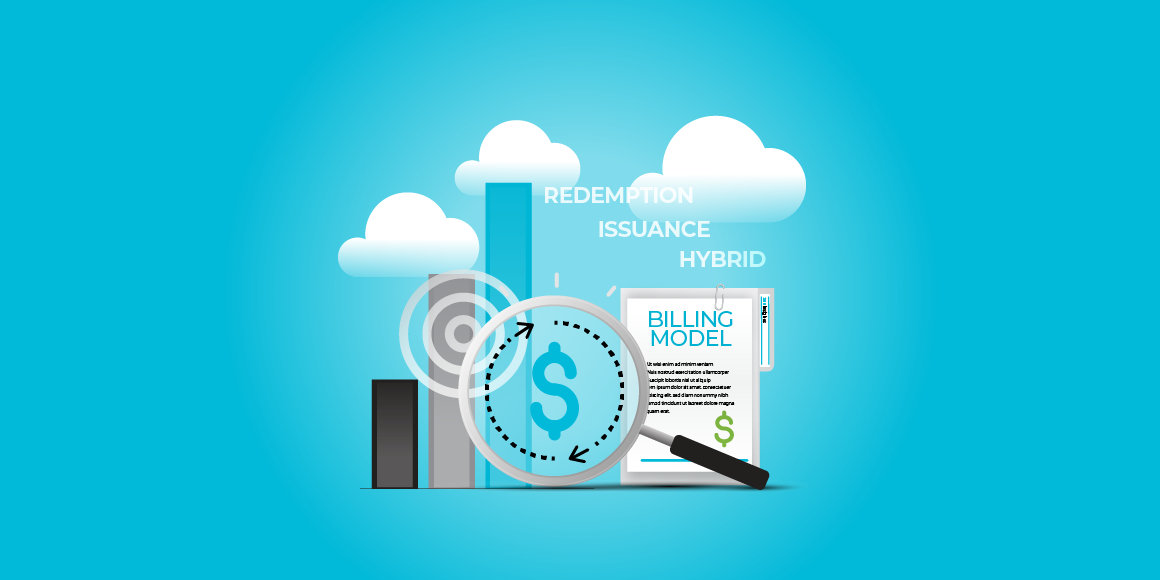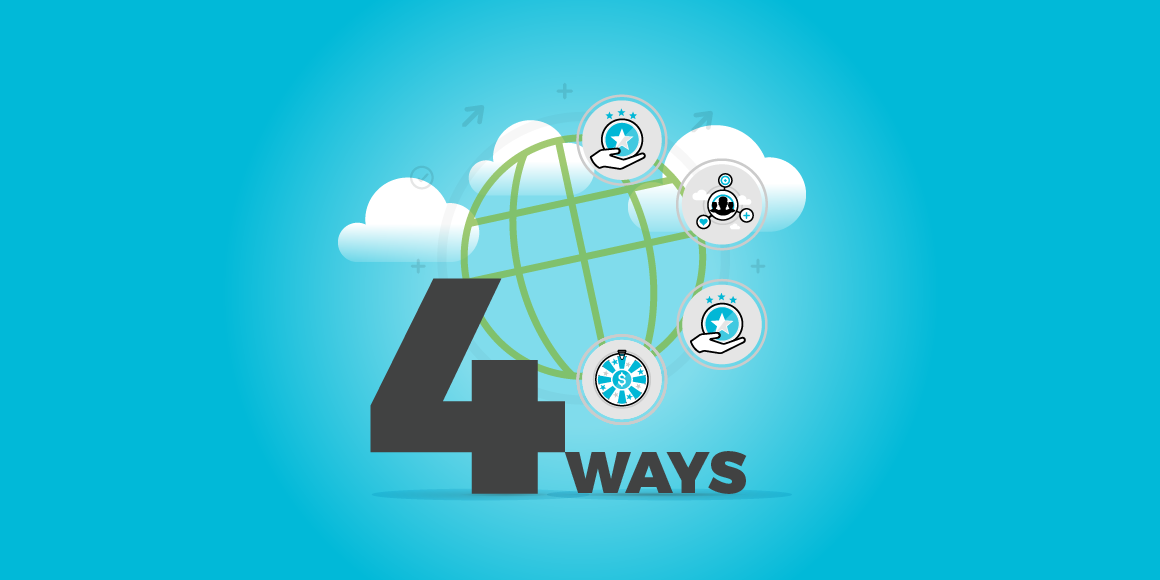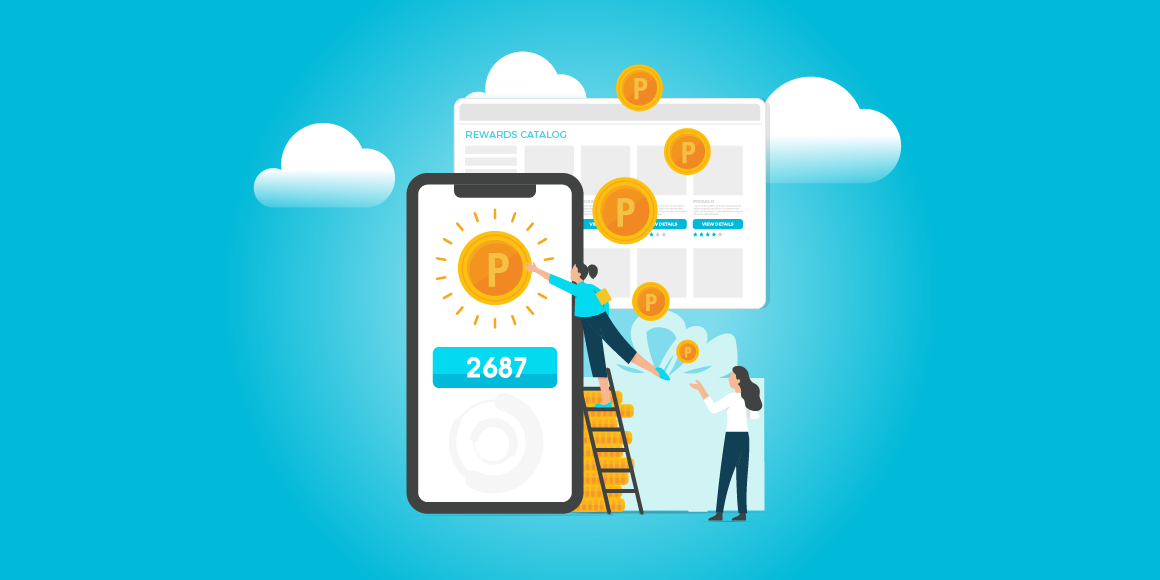One of the most common questions we encounter is, “What will an incentive program cost?” But a better question to ask is, “what is my return on investment?” No matter the type, in the end incentive programs are actually an investment strategy that can lead to powerful results.
The rewards are the fun and exciting part. However, it’s important to remember that they are only part of a successful program.
It’s important that our focus is not just on the rewards, though they take up a sizeable chunk of the typical budget as you’ll see. We instead focus on achievable goals. These could include gaining new market share, driving engagement, or capturing mindshare. The rewards are just the cherry on top.
Budgeting for an incentive program has many elements outside of rewards. There are investments to consider. Some investments involve program design, strategy, implementation, technology, plus ongoing management and administration of the program.
And of course, we can’t forget the importance of marketing and communicating the program.
Typical Incentive Budget & Investment 
The typical incentive strategy looks a little like the chart above. We’ve found this breakdown is often the sweet spot for most companies. It strikes a delicate balance between gaining attention through rewards and investing in goal achievement.
Beyond the breakdown, your total investment depends on a few financial factors. Those factors are your company and your participants. Below are a few key considerations:
- The reward payout for a program needs to grab the attention of the participants. We recommend the payout equal somewhere in the range of 1%-5% of the participant’s pay.
- Like any investment, an incentive program needs a steady stream of funding. We recommend dedicating 1-3% of sales toward program funding.
- Or, if you’d rather look at Incremental Gross Margin, we’d recommend 5-12% from Incremental Gross Margin to fund your program.
- There are also some opportunities to garner Marketing Development Funds or Co-op funds to help invest in the program. Many of our programs get subsidized by funds like these.
Don’t Make This One Mistake
The one mistake companies make when budgeting for an incentive program is not considering marketing. Often, the behavior that programs reward—typically sales—is a lagging indicator.
The problem with this is it implies your participant did something right in the past. But will it continue? Is a person’s past performance indicative of their future results? It can be. But left to their own devices—and without properly structured motivation—this is by no means guaranteed.
Mindshare is often captured through a robust communication plan. It embeds your brand into the minds of your participants. It’s also a much better leading indicator of program success.
To ensure your program is structured correctly, you should work with a partner that understands not only how to market and deliver rewards, but also how to drive behavior change.
Structuring Your Points Program
Now, the most significant portion of the budget by far will generally be in the rewards. For clients running a points-based strategy, this will make up the lion’s share of the investment.
Program sponsors can create their own “point currency” and assign a value to those points. The most common point value we see is $.005 (so 5,000 points are worth $25 in reward value). When building out your points system, it’s important to try and create a point-scheme that isn’t tied to cash or the dollar.
Before you do this, you’ll first obviously need to weigh whether to choose a sales SPIFF or a points program as the backbone of your strategy. Research has shown that both cash and non-cash rewards can be motivating under different circumstances. But do keep in mind that a points program is about rewarding performance, not providing compensation.
When the points start getting issued or redeemed, a cost gets assigned to them. So, what are your options, and how will you get billed for these points? The impact of choice has implications your finance team will want to understand. Here are three common types of billing models:
The Redemption Billing Model
The client pays for the points as they are redeemed. In this model, the client only gets charged for points once they are spent. This model helps ensure a higher return on investment because even in the most engaging programs, not all points are used.
It may seem like a no-brainer, but bill on redemption does provide some challenges, as the reward program cost will be unpredictable and at times even inefficient for your accounting team to understand. Your company must carry the potential liability as you issue out points.
This means the cost of the reward can hit the books months or even years after the points were initially awarded.
The Issuance Billing Model
In the issuance billing model, points get paid upfront. This model works well for clients that typically work with POS and need a consistent way to plan their budget and the costs of the points. It provides a balanced billing approach. We manage the liability of the program. We know not all points issued will be spent.
If you decide to go this route, often your reward program cost around administration would be discounted. This accounts for any leftover points, or “breakage.” These points can be credited back to a house account and used for an award or gift for other participants. It can also be used to fund future program initiatives.
Hybrid Billing Model
The hybrid model is a combination of the issuance and bill on the redemption model. You pay for a portion of the points when they get issued (50%) and the rest of the portion when they get redeemed (the other 50%). This model can provide the benefit of a balanced cost structure while still paying for most points once they get redeemed.
Which Billing Model Is Right for You?
When setting up an incentive program, there are a wide variety of things to consider that may feel overwhelming. It is essential to know your options and how to explain this choice to your finance team.
Do you have questions about how to manage program liability and point investment? Want to know how to structure an incentive program to ensure it’s self-liquidating? Are you wondering how marketing and communications can help you capture more mindshare?
To find answers to these questions and more, contact us today. We’re here to help.






